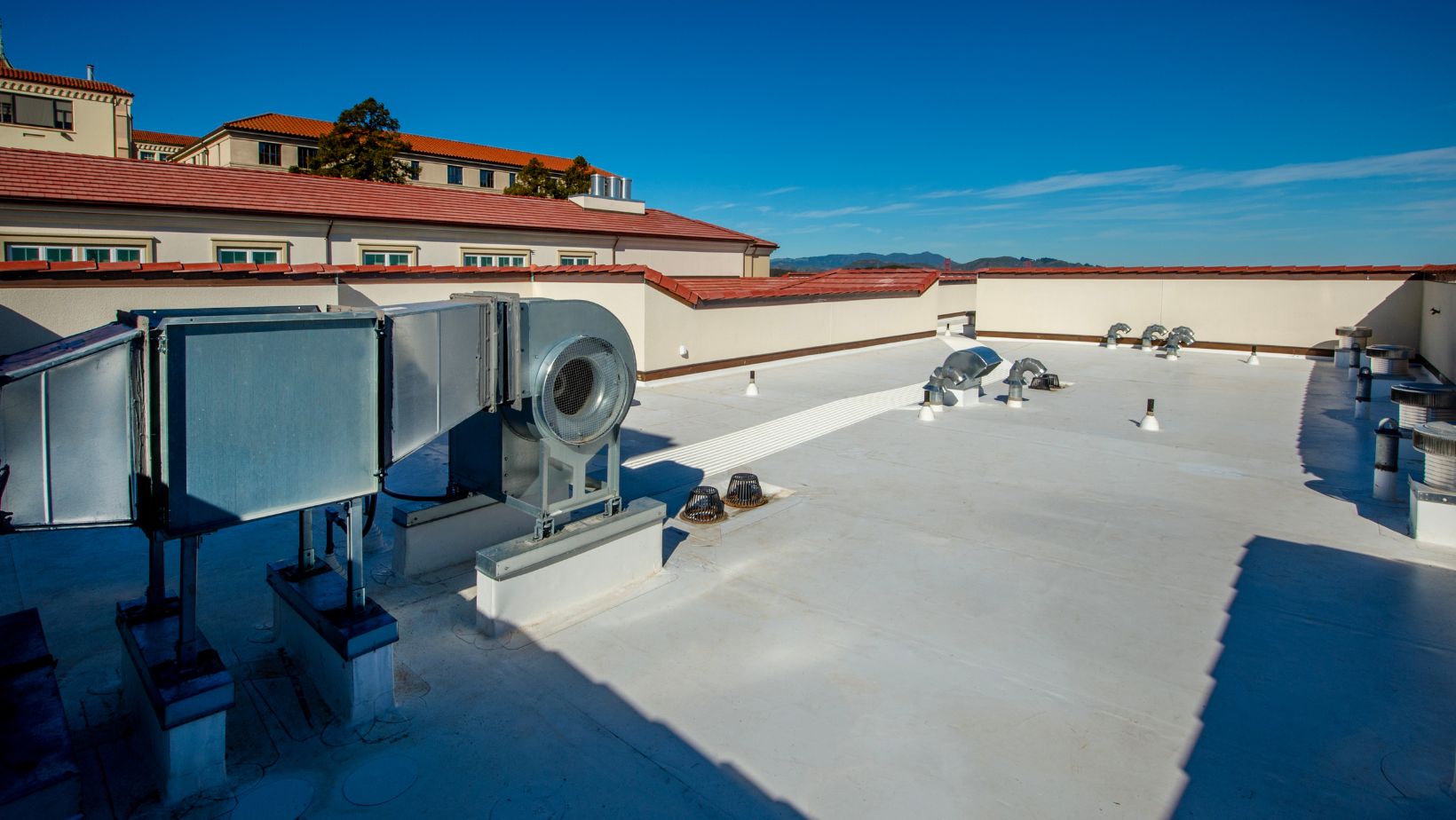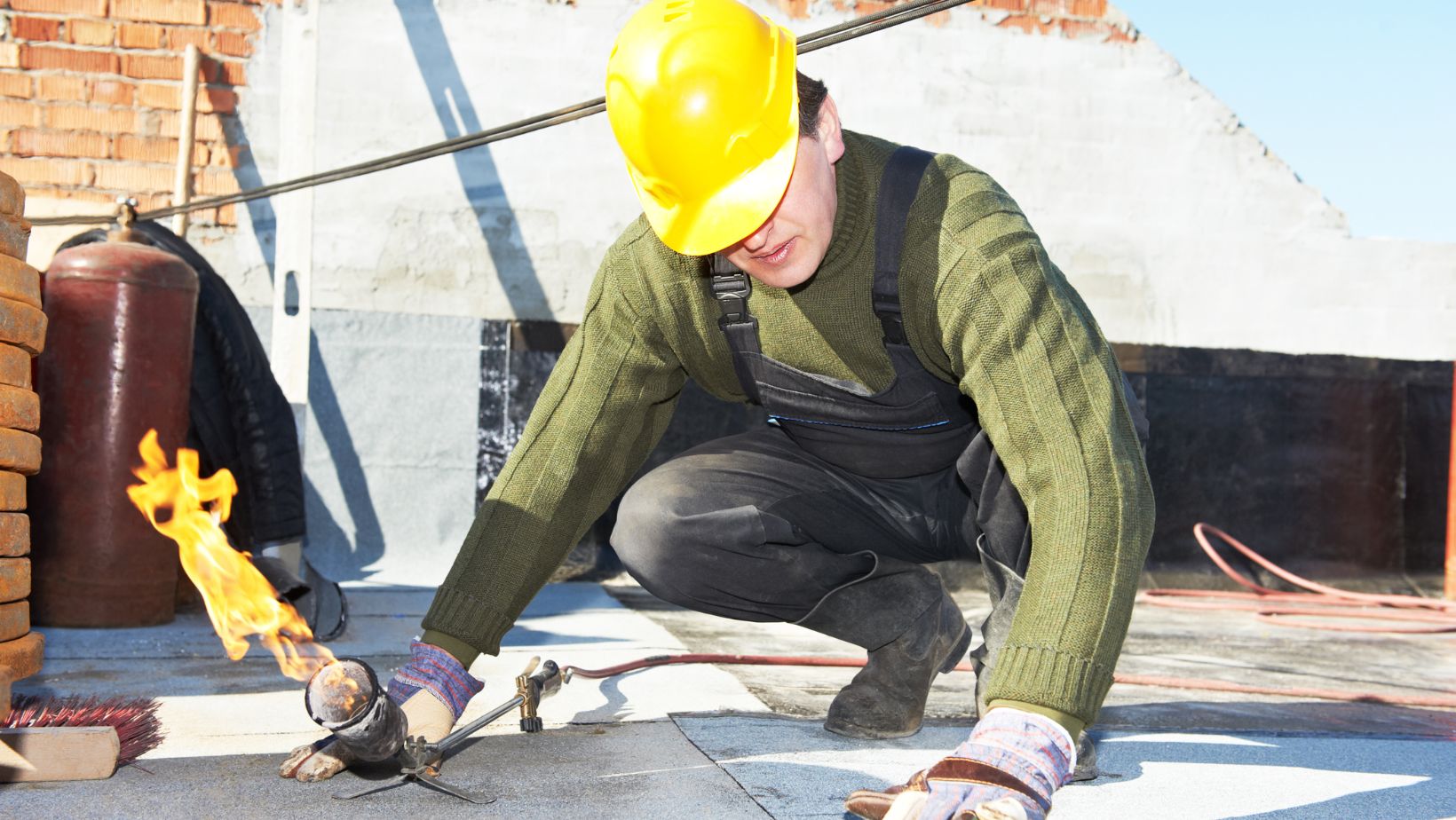
Flat roofs have become increasingly popular in both residential and commercial architecture. Their sleek design and efficient use of space make them an attractive option. However, the choice of roofing material is crucial, as it can significantly impact the longevity and performance of the roof. While it may be tempting to opt for cheaper or less suitable materials, the hidden costs associated with these decisions can be substantial. Understanding these costs can help you make informed choices that protect your investment.
The Importance of Choosing the Right Material
When it comes to flat roofing, the material you choose serves as the first line of defence against the elements. Common options include built-up roofing (BUR), modified bitumen, single-ply membranes, and liquid-applied coatings. Each of these materials has its own set of advantages and disadvantages, and selecting the wrong one can lead to a cascade of issues.
Common Mistakes in Material Selection
1 Cost Over Quality: One of the most common mistakes is prioritising upfront costs over long-term value. While cheaper materials may save you money initially, they often require more frequent repairs or replacements. This can lead to higher overall costs in the long run.
2 Ignoring Climate Considerations: Different materials perform better in different climates. For instance, a material that works well in a dry, warm environment may not hold up in areas with heavy rainfall or snow. Failing to consider local weather conditions can lead to premature wear and tear.
3 Neglecting Installation Quality: Even the best materials can fail if not installed correctly. Poor installation can lead to leaks, pooling water, and other issues that compromise the roof’s integrity. It’s essential to work with experienced professionals who understand the nuances of flat roofing systems.
The Hidden Costs of Poor Material Choices
Choosing the wrong covering for your flat roof can lead to several hidden costs that may not be immediately apparent. Here are some of the most significant:
Increased Maintenance and Repair Costs
Using subpar materials often results in more frequent maintenance and repairs. For example, a low-quality membrane may develop cracks or punctures, requiring patching or replacement sooner than expected. Over time, these costs can add up, negating any initial savings from choosing a cheaper option.
Energy Inefficiency
The type of roofing material can also impact your building’s energy efficiency. Some materials reflect heat better than others, which can help reduce cooling costs in warmer months. Conversely, a material that absorbs heat can lead to higher energy bills. Investing in long-lasting materials for flat rooftops that offer better insulation can lead to significant savings on energy costs over time.
Structural Damage
A flat roof that fails to perform can lead to water pooling, which may cause structural damage to the building. Water infiltration can compromise insulation, lead to mould growth, and even damage the building’s foundation. Repairing this kind of damage can be far more expensive than investing in quality roofing materials from the start.
Decreased Property Value
A poorly maintained or damaged roof can significantly decrease the value of your property. Potential buyers are often wary of homes with flat roofs, especially if they suspect that the roofing material is substandard. This can lead to lower offers or extended time on the market, ultimately costing you more in the long run.
Making the Right Choice
To avoid the hidden costs associated with the wrong roofing material, consider the following steps:
Research Your Options
Take the time to research different roofing materials and their performance characteristics. Look for options that are specifically designed for flat roofs and consider their longevity, maintenance requirements, and energy efficiency.
Consult with Experts
Engaging with roofing professionals can provide valuable insights into the best materials for your specific situation. They can assess your building’s needs, local climate, and budget to recommend the most suitable options.
Invest in Quality
While it may be tempting to go for the cheapest option, investing in high-quality materials can save you money in the long run. Look for long-lasting materials for flat rooftops that come with warranties and have a proven track record of performance.
Plan for Installation
Proper installation is just as important as the material itself. Ensure that you hire experienced contractors who specialise in flat roofing systems. A well-installed roof will perform better and last longer, reducing the likelihood of costly repairs.
Conclusion
The choice of covering for your flat roof is not just a matter of aesthetics or initial cost; it has far-reaching implications for your property’s longevity, energy efficiency, and overall value. By understanding the hidden costs associated with poor material choices, you can make informed decisions that protect your investment. Remember, investing in quality materials and professional installation is not just a cost—it’s a long-term strategy for safeguarding your property.
In the end, the right roofing material can provide peace of mind, knowing that your flat roof is equipped to withstand the elements and serve you well for years to come.







